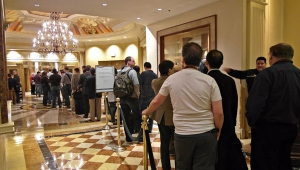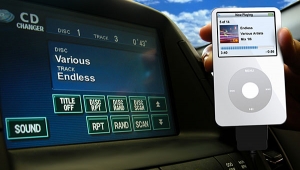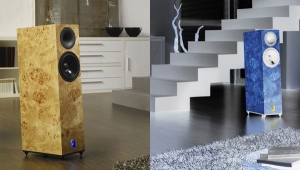| Columns Retired Columns & Blogs |
I use Bright Star Rocks, wherever possible. With them in place, it's no great shakes. However, when I remove them, the system as a whole sounds worse. There is a loss of focus, fine detail, and refinement. If someone has inexpensive gear, it might be more cost effective to get better equipment, rather than investing in vibration control.


























